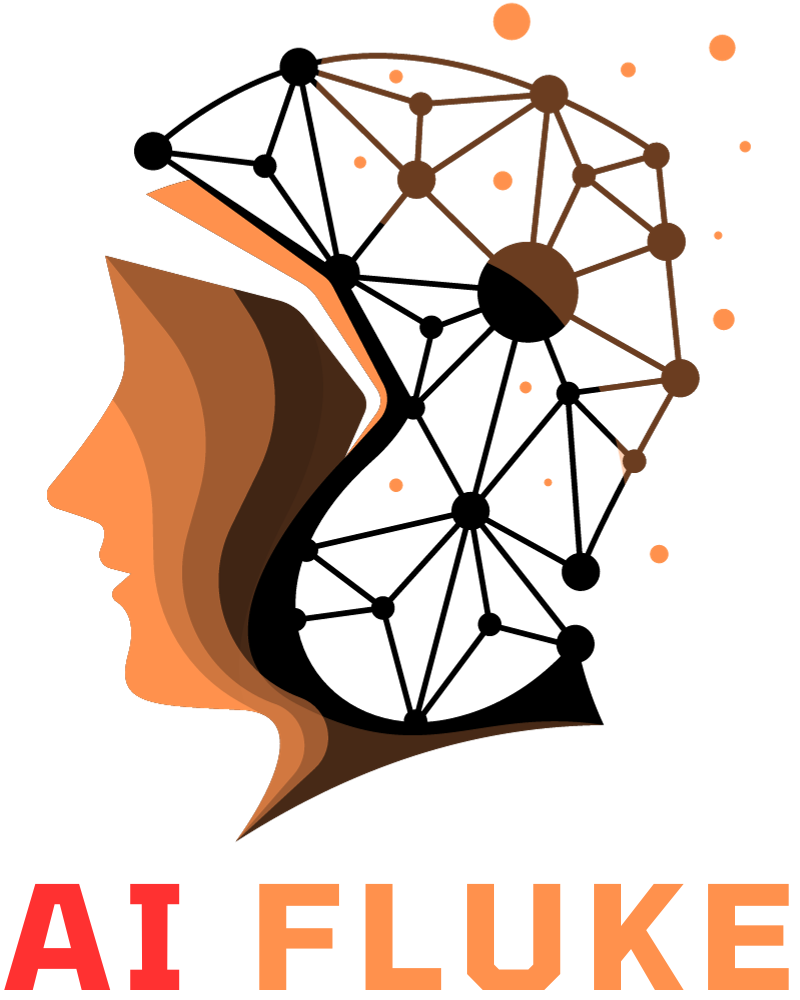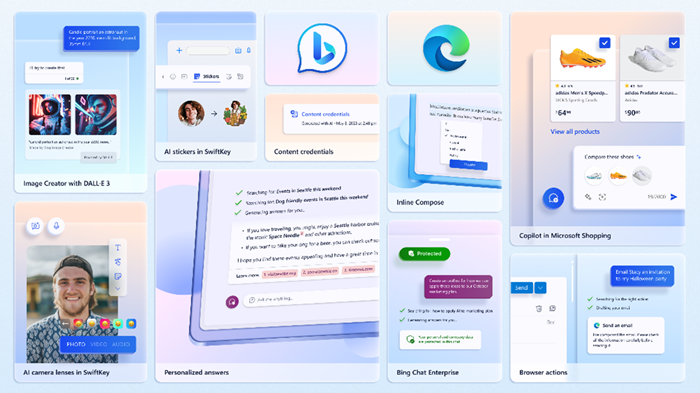During a recent event in New York, Microsoft spotlighted a slew of transformative updates to its renowned search engine, Bing, signaling its further dive into the world of artificial intelligence. Standing at the forefront of these updates is Bing’s fresh integration with OpenAI’s advanced DALL-E 3 model, a move that uniquely positions Bing in the realm of AI-augmented search functionalities. Additionally, Microsoft unveiled a surprising twist by embedding AI capabilities into its fan-favorite Surface device range.
Diving deeper into the nuances of the forthcoming Windows 11 enhancements, Microsoft has charted out a plan to meld its AI sidekick, Copilot, starting from September 26th. This AI-driven feature is set to cast its influence across a myriad of Microsoft platforms, from Bing and Edge to the Microsoft 365 Copilot, come fall. For the corporate audience, there was another major revelation. Slated for a November 1, 2023 launch is Microsoft 365 Chat—an AI aide tailored for professionals. This will be complemented with a series of AI-infused updates to established Windows applications, including Paint, Photos, and Clipchamp.
Amid the spectrum of announcements, Bing’s AI-centric evolution undeniably stole the show. Rewind to March and Bing enthusiasts were greeted with DALL-E, an adept image generator seamlessly incorporated within Bing Chat. Though initial details on the specific DALL-E iteration remained under wraps, Microsoft’s latest revelations pinpoint the leap to DALL-E 3. This upgraded iteration promises to amplify visual representation, focusing on refining intricate aspects such as the depiction of eyes, nuances of fingers, and the depth of shadows.
In a bid to ensure ethical handling of AI-generated visuals, Microsoft is introducing an ingenious touch—an invisible digital watermark stamped on every AI-spawned image. Christened as ‘Content Credentials’, this forward-thinking feature leans on cutting-edge cryptographic methods. What’s noteworthy is its alignment with the principles laid down by the Coalition for Content Provenance and Authenticity (C2PA), a venture championed by tech giants like Adobe, Intel, and Sony.
Further adding layers to Bing’s offerings, Microsoft highlighted its pivot toward offering users a more bespoke search journey. Say a user previously turned to Bing Chat with queries related to personal passions, be it films or literature; Bing is now primed to tailor subsequent search feedback rooted in those interactions.
For a hands-on perspective, consider a user showcasing a keen interest in a specific sports team on Bing. Taking cues from this, Bing might weave in travel suggestions in sync with the team’s game itinerary at a chosen locale. This recalibrated, AI-infused approach is a response to the common user tendency to tweak searches repeatedly to pinpoint desired outcomes. Microsoft’s underlying conviction is that factoring in a user’s past search narrative can dramatically up the ante of search result pertinence.
Rounding off the cascade of updates, and with an eye on the corporate arena, Microsoft unveiled the impending introduction of a multimodal Visual Search coupled with an Image Creator for Bing Chat Enterprise. This strategic step is poised to redefine the digital interactions of the whopping 160 million+ Microsoft 365 user community, bestowing upon them the prowess of this advanced corporate AI chat assistant.

